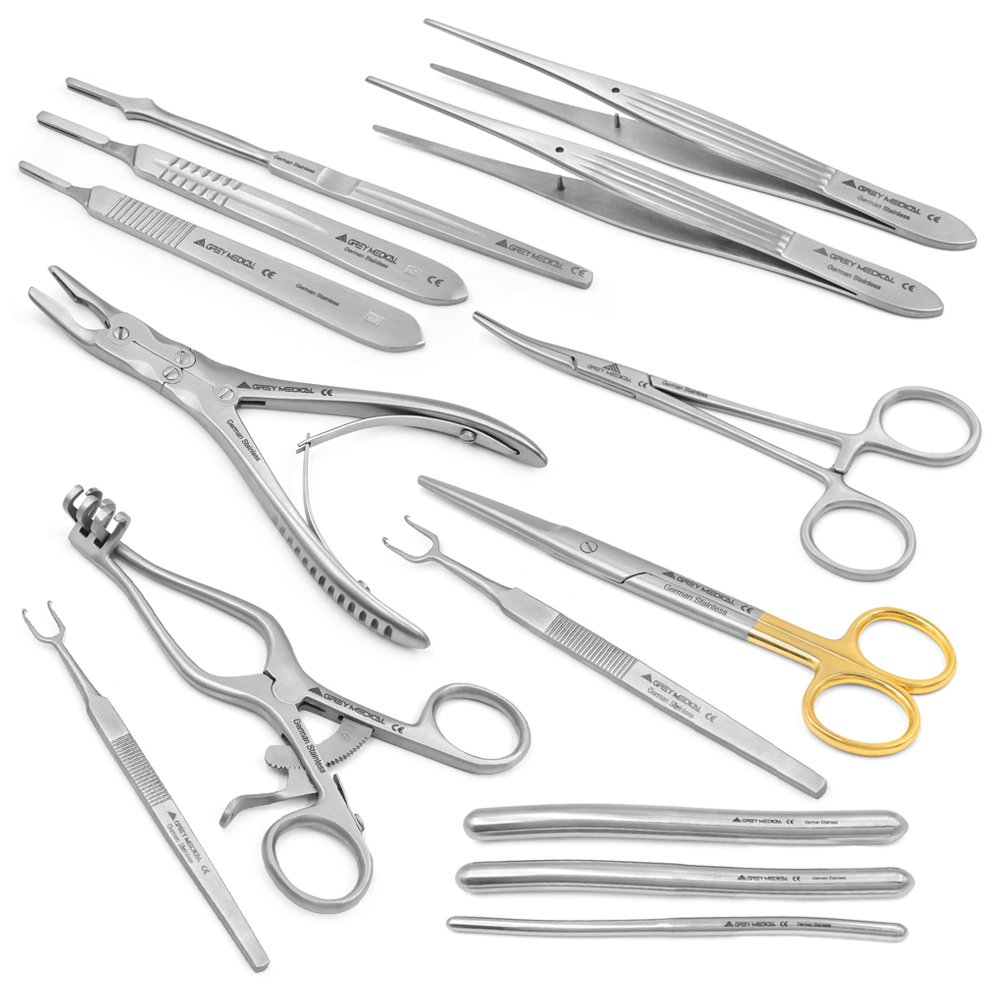An Overview of Surgical Instruments
Share this Post to earn Money ( Upto ₹100 per 1000 Views )


Surgical instruments play a critical role in the medical field, facilitating safe and effective procedures in diverse specialties. These tools are precision-crafted to assist surgeons in tasks like cutting, dissecting, suturing, and grasping tissue. With advancements in technology, surgical instruments have evolved remarkably, ensuring better outcomes for patients and improving the efficiency of medical teams in the operating room.
The Diversity of Surgical Instruments
Surgical instruments come in a wide range of designs, each tailored to meet specific needs depending on the type of surgery. Broadly, they can be categorized into groups based on their primary functions. Cutting instruments, such as scalpels and scissors, are staples in nearly every procedure, offering precision in incisions and tissue removal. For holding and maneuvering tissues, forceps and clamps are indispensable, providing steady control without causing unnecessary damage.
Additionally, instruments for suturing and closing wounds, such as needle holders and suturing materials, are vital for ensuring the patient’s recovery post-operation. Retractors, which keep the surgical field open, allow surgeons clear access to deeper tissues during complex procedures. These various tools demonstrate the diversity of surgical equipment, each playing a specific role to support surgical goals.
The Role of High-Quality Materials
The materials used to manufacture surgical instruments are just as important as their design. Stainless steel is the most common material, known for its durability, resistance to corrosion, and ease of sterilization. However, some modern tools incorporate titanium, which is lighter and non-reactive, making it ideal for procedures requiring delicate handling.
Advances in materials have also led to the creation of reusable and disposable instruments, providing flexibility based on the medical setting. Operating rooms in hospitals often rely on reusable tools due to their long-term cost-effectiveness, while disposable instruments are preferred in outpatient or emergency setups where sterility is paramount.
Advancements in Surgical Instruments
Modern technology has transformed the way surgical instruments are designed and used in the operating room. Instruments equipped with high-tech enhancements, such as robotic-assisted surgical tools, allow for unparalleled precision. Minimally invasive surgery has also benefited from innovations like endoscopic instruments, which are designed for use within small incisions, reducing recovery time and complications for patients.
Electrosurgical tools, another breakthrough, enable surgeons to cut and coagulate tissue using electric currents. These instruments minimize blood loss and have become integral in fields such as dermatology and orthopedics. Furthermore, the advent of 3D printing has opened up possibilities for custom surgical tools tailored to the unique anatomy of individual patients, further optimizing outcomes.
Importance of Proper Instrument Handling
Surgical instruments, while crucial to procedures, require meticulous handling and maintenance to ensure their effectiveness. Each tool needs to be sterilized thoroughly to prevent infections. Additionally, regular inspection for wear and tear is essential to maintain their functionality over time. Skilled professionals trained in the handling of these tools ensure that patient safety and procedure precision are always prioritized.
The Future of Surgical Instruments
The future of surgical tools is driven by continuous advancements in medical technology. Smart instruments capable of providing real-time feedback, such as sensors detecting tissue resistance, are on the horizon. These innovations promise to make surgeries less invasive and more effective, pushing the boundaries of what is possible in medicine.
Surgical instruments are at the heart of every successful operation, reflecting the ingenuity and care that define modern healthcare. From the most basic scalpel to the most advanced robotic arm, these tools ensure that surgeons can perform complex procedures while safeguarding patient safety and comfort.















